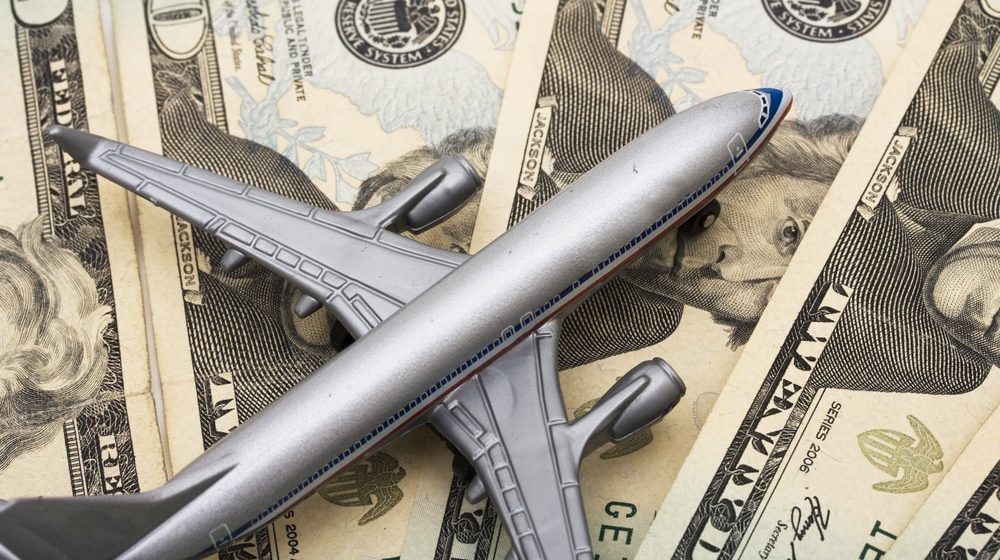The travel industry is growing at a very rapid pace and the airline passenger numbers are expect to grow twice in the next 20 years. It is reported that in coming times, Europe will lose its top ranking in aviation business and Asia Pacific will take over.
The claims are made by International Air Transport Association (IATA), which released 20-Year Air Passenger Forecast for the year 2036. The prediction is based on a 3.6 percent average Compound Annual Growth Rate (CAGR).
IATA says that it is expected that 7.8 billion passengers will travel in 2036, double of the 4 billion air travelers expected to fly this year.
IATA’s Director General and CEO Alexandre de Juniac said that all indicators lead to the growing demand for global connectivity. He added that the organizations not only need to be aware of the rapid growth but also have to prepare for such drastic changes.
It’s fantastic news for innovation and prosperity, which is driven by air links. It is also a huge challenge for governments and industry to ensure we can successfully meet this essential demand.
He also explained that Asia-Pacific will face the most growth and the region will be source of more than half the new passengers over next two decades.
It was already expected that China will surpass United States as the world’s largest aviation market in terms of traffic to, from and within the country. However, IATA now expects that to happen around 2022, through a combination of slightly faster Chinese growth and slightly reduced growth in the US.
In a broader spectrum, UK will fall to fifth place and it will be surpassed by India in 2025, and Indonesia in 2030. Thailand and Turkey will enter the top ten largest markets, while France and Italy will fall in the rankings to 11th and 12th respectively.
- Asia-Pacific: Will see an extra 2.1 billion annual passengers within the region by 2036, for an overall market size of 3.5 billion. Its annual average growth rate of 4.6% will be the third-highest, behind Africa and the Middle East.
- The North American: Region will grow by 2.3% annually and in 2036 will carry a total of 1.2 billion passengers, an additional 452 million passengers per year.
- Europe: Will also grow at 2.3%, and will add an additional 550 million passengers a year. The total market will be 1.5 billion passengers.
- Latin American: Will grow by 4.2%, serving a total of 757 million passengers, an additional 421 million passengers annually compared to today.
- Middle East: Will grow strongly (5.0%) and will see an extra 322 million passengers a year on routes to, from and within the region by 2036. The total market size will be 517 million passengers.
- Africa: Will grow by 5.9%. By 2036 it will see an extra 274 million passengers a year for a total market of 400 million passengers.
Planning for growth will require partnerships to be strengthened between the aviation industry, communities and governments to expand and modernize infrastructure. Runways, terminals, and ground access to airports will come under increasing strain.
Innovative solutions to these challenges, as well as to the baggage and security processes, cargo handling, and other activities, will also be needed. Air traffic management needs urgent reforms to cut delays, costs and emissions.
de Juniac further claimed:
Increasing demand will bring a significant infrastructure challenge. The solution does not lie in more complex processes or building bigger and bigger airports but in harnessing the power of new technology to move activity off-airport, streamline processes and improve efficiency.
Risks Involved
A number of risks to the forecast have been identified. Maximizing the potential benefits of aviation growth will depend on current levels of trade liberalization and visa facilitation being maintained.
If trade protectionism and travel restrictions are put in place, the benefits of air connectivity will decline as growth could slow to 2.7%, meaning 1.1 billion fewer passenger journeys annuallyby 2036.
Conversely, if moves towards liberalization increase, annual growth could be more than two percentage points faster, leading passengers numbers to triple over the next 20 years.


























In Asia : Pakistan is not on the List Until Unless PIA In Profit Position :
What do you mean?
I Dont’ Know
he dont know because, he only exist to comment at every pro Pakistani post